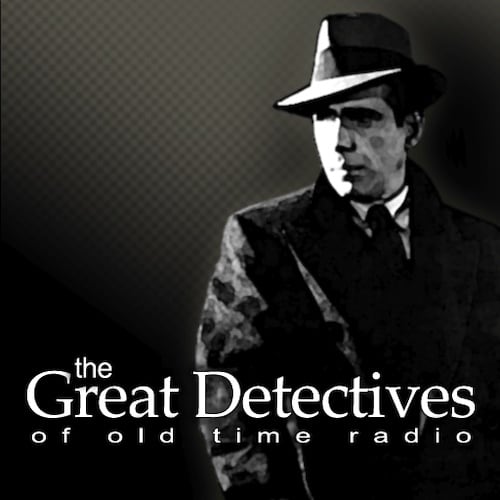In 2008 Alexander McCall Smith’s book series The No. 1 Ladies Detective Agency came to television with a pilot movie produced by the BBC in cooperation with HBO.
The series follows Mma Precious Ramotswe (Jill Scott) as a woman who starts the first female-led private detective agency in Botswana. She hires young secretary Grace Makutsi (Aniki Noni Rose) and wins the affections of local JLB Matekoni (Lucian Msamati.)
The series premiered with a feature length telefilm that tracked closely with the first book in the series in 2008 and in 2009 followed up with a six episode series.
The acting is solid and the characters mostly work. The series was shot on location in Botswana with unique and beautiful cinematography and gives it the sort of authenticity that a series like this needs to work.
The writing on the show was mixed and some of this goes back to the original novels. After the first novel, the books became cozy. There were less serious crimes or no crimes in whatever investigations were going on.
Potential problems and challenges would be raised for our heroine and friends, but they would be resolved sometimes with little to no action by any character in the book. They’d thought about it, worried a little, went on with their life, and the problem went away on its own. That may occur in life, but it doesn’t make for particularly gripping drama.
Doing a straight adaptation of the books would never work on television, so what we get are a mix of stories based on incidents in various books that were changed as well as original story ideas, and even an element or two to make the series more politically correct, as well as reflecting the reality of then-modern Day Botswana.
This had mixed effects. Some of their changes worked well. They did a good job with how they developed the relationship with Mma Ramostwe and JLB Matekoni. The first book contains both of Matekoni’s proposals, the first which Mma Ramotswe refuses and the second which she encourages and accepts. One change the pilot film made was that she does become engaged to him by the end of the film. The series explores both reasons why she’s reluctant and also his feelings.
Msamati’s performance as JLB Matekone helps the production stay true to who he was in the book. Matekone would never go up and have a big conversation with someone else about his feelings, but he still feels deeply. Msamati’s facial expressions and body language can convey that a situation is killing him on the inside without saying a word.
In the books, Matekoni comes down with depression for medical reasons that are irrational. This was intended to illustrate how depression can often come into play in people’s lives. Here, the storyline of him needing to leave unexpectedly is used to better dramatic effect as he’s trying to sort out his relationship with Mma Ramotswe.
I also thought that in the later episodes, they did a good job giving Mma Ramotswe personal stuff to work through. In the books, a male detective establishes a competing agency, the Satisfaction Guaranteed Detective Agency and at another point, her abusive ex-husband comes to town. In the first instance, the detective is a potential problem that is easily foiled, never becomes a threat to her agency, and leaves town after one book. In the books, she also meets her abusive ex-husband with no real problems. In the TV show though, the competing detective isn’t so easily dispatched and is kind of menacing. The ex-husband returns and poses a huge challenge to Mma Ramotswe and brings her to a point of crisis. The finale of the season is very good for that reason.
While the series is on target with its character development. Some of the plot ideas don’t work. It’s not necessarily that the writers didn’t have good ideas but that they didn’t have a good idea for this show. For example, they take a story from the book but have the denouement end in a way that’s absolutely absurd. It was funny, but not in a way that fit the tone of the show. In another episode, a solution of a case was changed from a simple domestic problem to actual attempted murder so that Ma Ramotswe could gather all the suspects around the table like Hercule Poirot and tell what happened. That doesn’t fit her, plus while the writers made that big change to the plot, they didn’t make enough little changes to set the situation up or to change the consequences or to provide any foundation for why the consequences didn’t change. It really was a mess.
There were also a few cases where elements were added and changes to make the show a little more edgy or a little more cynical than in the book, but with little rhyme or reason. Perhaps, it’s one of the hazards of having HBO in on the production, but to me it didn’t work.
Overall, despite a few wrinkles in its execution of its mystery plots, the series is a solid adaptation of the story of the novels. If you’re a fan of the novels, it’s worth watching. If you’re not a fan of the novels, it’s worth seeing for the characters and location work. But if you’re looking for a truly great mystery series, you may want to look elsewhere.
Rating: 3.5 out of 5
This post contains affiliate links, which means that items purchased from these links may result in a commission being paid to the author of this post at no extra cost to the purchaser.
